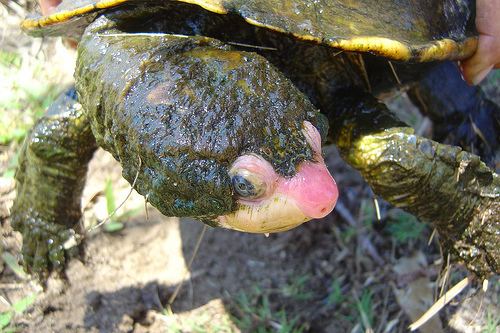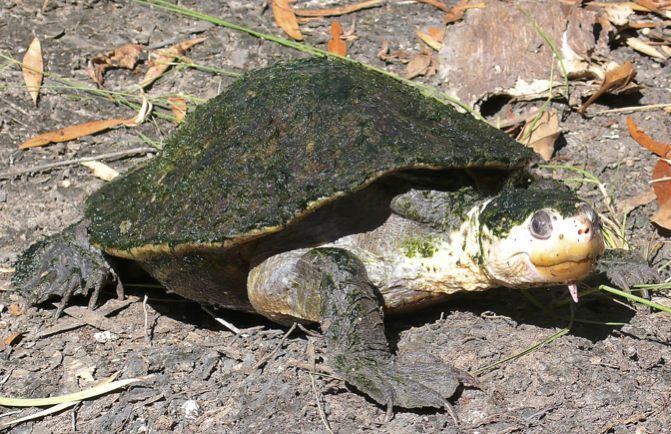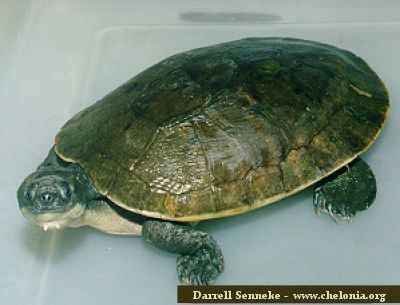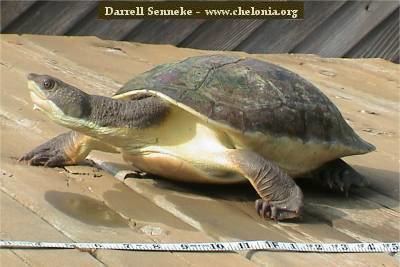Subfamily Chelodininae Phylum Chordata Rank Genus | Subphylum Vertebrata Scientific name Elseya Order Turtle | |
 | ||
Lower classifications New Guinea snapping, Elseya branderhorsti, Elseya albagula, Irwin's turtle | ||
Northern snapping turtle elseya dentata true id
Elseya is a genus of large side-necked turtles, commonly known as Australian snapping turtles, in the family Chelidae. Species in the genus Elseya are found in river systems in northern and northeastern Australia and throughout the river systems of New Guinea. They are identified by the presence of alveolar ridges on the triturating surfaces of the mouth and the presence of a complex bridge strut.
Contents
- Northern snapping turtle elseya dentata true id
- Northern snapping turtle elseya dentata in the finniss river catchment nt
- Etymology
- Species
- References

The Australian snapping turtles are largely herbivorous, with specialized mouth structures for eating fruits. However, they will eat animal products if opportunity arises. The various species can be found in large numbers where they are still abundant, e.g., Northern Territory of Australia. However, a number of the populations have become increasingly rare, and some are now listed as endangered.

Northern snapping turtle elseya dentata in the finniss river catchment nt
Etymology

John Edward Gray created the generic name, Elseya, in 1867 in honour of Dr. Joseph Ravenscroft Elsey. Elsey was a surgeon-naturalist on the Gregory Expedition that traversed northern Australia from the Victoria River to Moreton Bay in 1855-56.
Species

The genus was originally described by Gray in 1867 with the type species being set as Elseya dentata. The fossil genus Pelocomastes was later synonymised with this genus. Following the recent revisions of this genus, the latisternum group has been moved to the new genus Myuchelys. The remaining species of this genus have additionally been separated into three subgenera and the species redistributed among them.
Elseya nadibajagu and Elseya uberima are prehistoric species known only from fossils. E. lavarackorum was initially believed also to be a fossil taxon, but later discovered to be still extant.
Nota bene: A binomial authority in parentheses indicates that the species was originally described in a genus other than Elseya.
